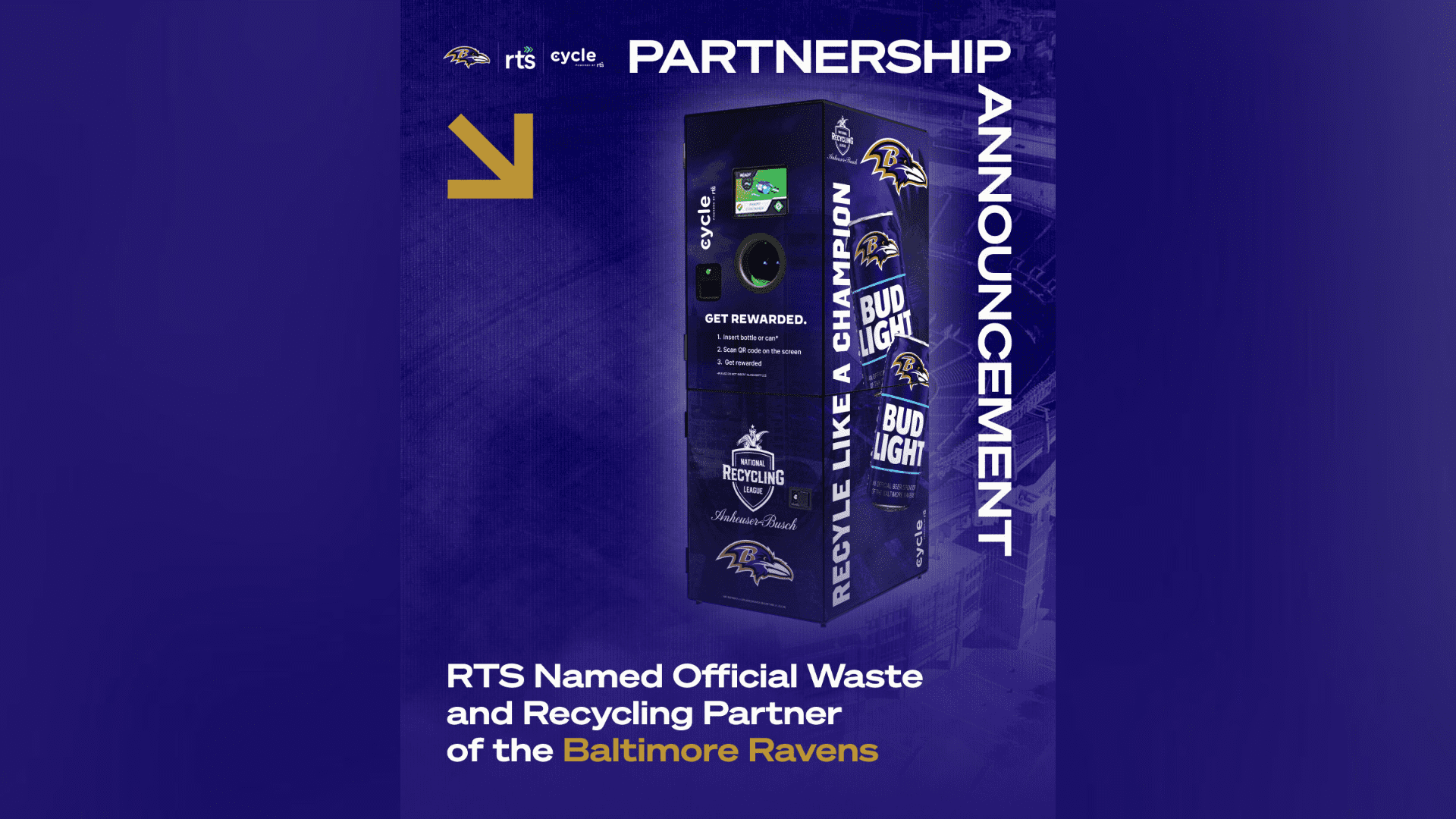 It takes a lot to make a little. A 1/3-pound burger requires 600 gallons of water. Iron and steel production take up 3% of all total energy consumption in the United States. Thousands of resources are used to make a single item, and it not only hurts the environment but drives up costs. With higher populations than ever, wasting all these resources seems like… well, a waste. And that’s where sustainable manufacturing comes in.
It takes a lot to make a little. A 1/3-pound burger requires 600 gallons of water. Iron and steel production take up 3% of all total energy consumption in the United States. Thousands of resources are used to make a single item, and it not only hurts the environment but drives up costs. With higher populations than ever, wasting all these resources seems like… well, a waste. And that’s where sustainable manufacturing comes in.
According to the EPA website, sustainable manufacturing is defined as “the creation of manufactured products through economically-sound processes that minimize negative environmental impacts while conserving energy and natural resources.” In layperson’s terms, it uses cheaper and more environmentally friendly processes to create their goods. It also increases the safety of both employees and the community.
Several sustainable manufacturing initiatives (SMIs) exist across both the US and the world. Kentucky, for example, offers online seminars and on-site workshops to help companies engage in sustainable practices. The “webinars” can be viewed for free on the Kentucky Pollution Prevention Center website.
The National Center for Defense Manufacturing and Machining also has an SMI program. According to their website, the program begins with identifying “significant energy users” inside of the facility. The NCDMM then recommends alternatives and ways of optimizing resource management. It boasts that energy reductions can reach up to 50%.
It’s worth noting that sustainable manufacturing is not the same as going green. Brian Lagas of the National Institute of Standards and Technology wrote on his blog that going “green is more frequently associated with a singular product or process.” A new lamp may be made in a way that is considered “green,” for example, but the entire factory may not meet the same “green” standards. “You may purchase a green product made out of recycled goods,” he wrote. “However, if that product was made overseas, and environmentally harmful methods were used to transport [it to your home], this would not be adhering to sustainable principles.”
Lagas continues to describe the benefits of sustainable manufacturing, such as attracting new customers and boosting workforce morale. He also makes note of tax incentives offered both by the U.S. Department of Energy and individual state incentives, the latter of which can be viewed here.
Towards the end of the blog, he details some success stories of companies that began using sustainable manufacturing techniques. A New Hampshire company, for instance, was able to save $25,000 annually by becoming more energy efficient. Another company in New Jersey hired five new employees and had $500,000 in savings.
 It would be nice to believe that the reasons companies seek out sustainable manufacturing methods are altruistic, like helping the community and protecting the environment. However, money remains as big a motivator as ever. That’s not to say goodwill should be entirely dismissed, but there’s a reason the aforementioned incentives exist if you follow. That said, whatever acts as the catalyst for improving manufacturing processes to be less demanding on the planet is welcome.
It would be nice to believe that the reasons companies seek out sustainable manufacturing methods are altruistic, like helping the community and protecting the environment. However, money remains as big a motivator as ever. That’s not to say goodwill should be entirely dismissed, but there’s a reason the aforementioned incentives exist if you follow. That said, whatever acts as the catalyst for improving manufacturing processes to be less demanding on the planet is welcome.
Sustainable manufacturing may seem like a pipe dream for some particularly demanding businesses like steel or food production, but it can be adapted and integrated into almost any process. It may not be easy or affordable (at first), but it means delivering the same quality products your customers desire at a fraction of the traditional cost. It could create new jobs, improve customer satisfaction, and help lessen our impact on the planet. And if none of those are enough, it’ll save everybody money overall. And if there’s anything certain about the world, it’s that money is the greatest incentive there is.
Follow our World of Production on Instagram–where big ideas bring big growth.







